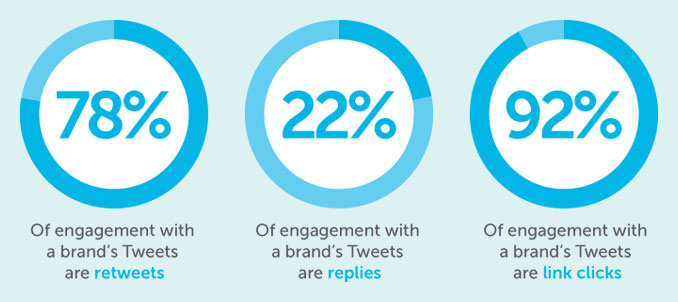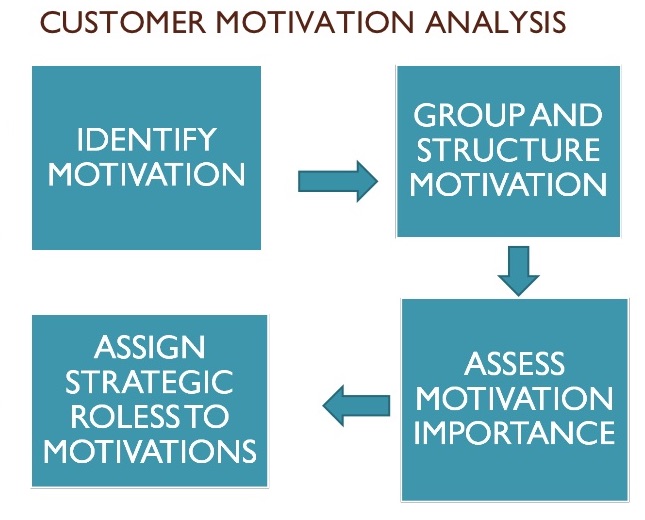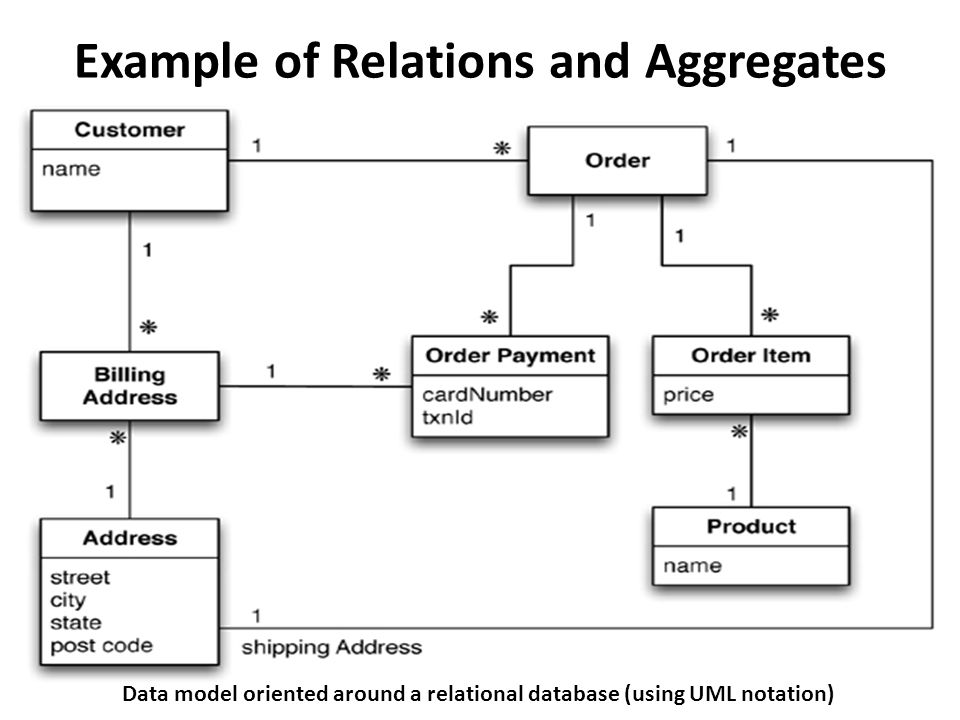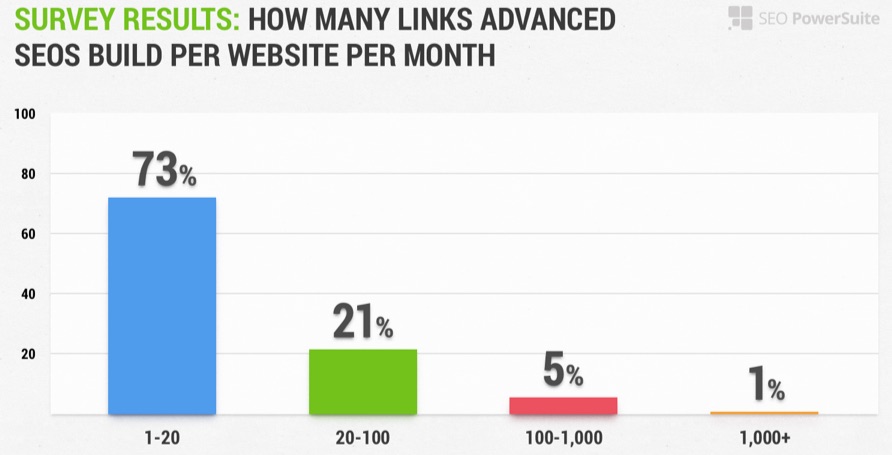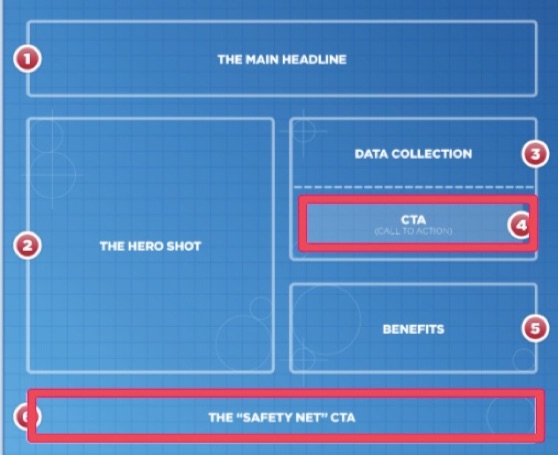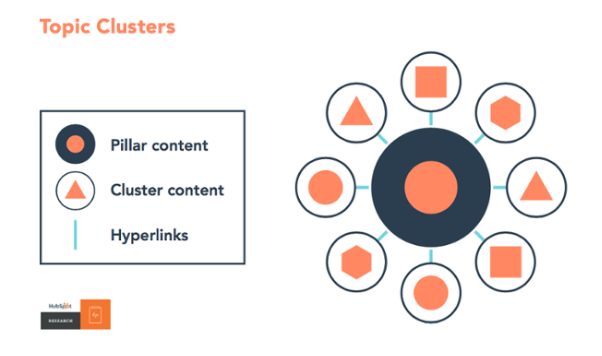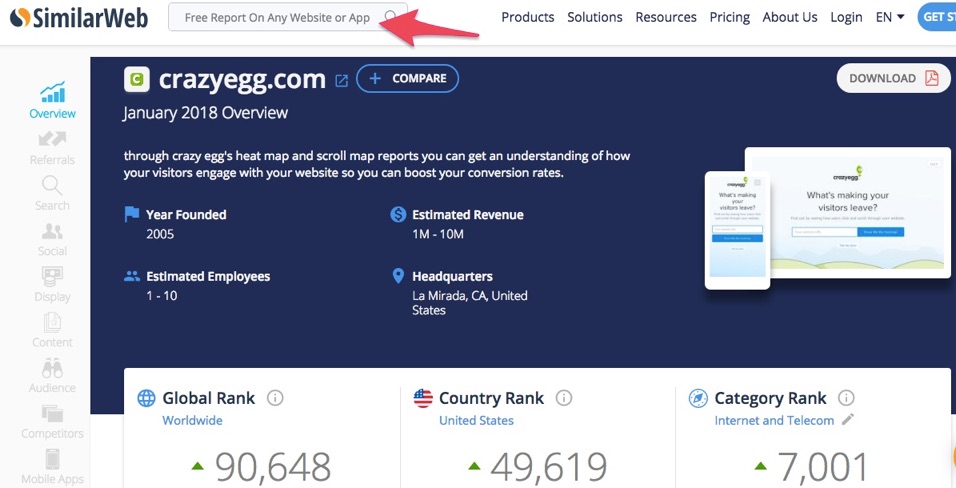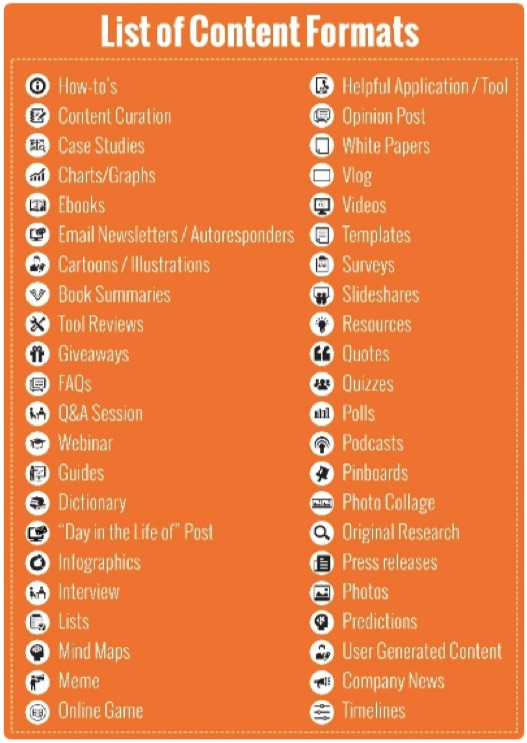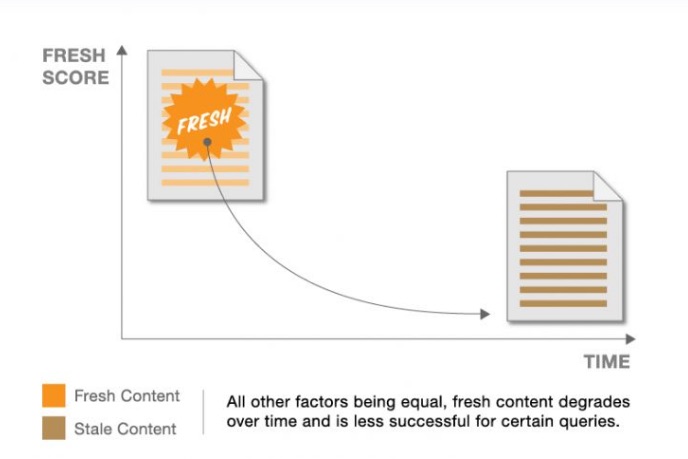We have all been there.
You spend time and money creating short-and-sweet content for your targeted audience; you drink copious cups of coffee and push out all other daily noise to give it your all.
When your gem is complete, you click “publish.”
But your content doesn’t seem to generate any leads. Even worse, it goes unnoticed.
In short, “Winter is Coming” …but not for the House of Stark: for your business.
The solution? Longer content. Research shows that 3,000+ word blog posts get more traffic.
But if you’re anything like me, you often find yourself skimming through longer articles for the next header, either due to lack of time or to a short attention span.
So where’s the happy medium between in-depth content and increased audience attention?
The tendency is to think that audiences have a short attention span and don’t want to be overwhelmed with information.
Ironically, in the age of misinformation we live in, more information isn’t just necessary, it is reputable.
If your content isn’t attracting the visitors your business deserves, you’re probably missing some vital growth-hacks.
Perhaps you don’t know exactly which topics to expand on or how to rise above the humdrum of essentially rehashing what your company offers over and over and over again ad nauseum.
That’s why we’ve compiled this six-step cheat sheet to creating content that is proven to bring in traffic.
Longer vs. shorter (the benefits and pitfalls)
Let’s get clear for a second. Your short content might not have gotten you where you want to be, but that doesn’t mean that it doesn’t have its benefits.
Shorter content is a great way to provide a taste of what your business can provide. Just think about how well short social media posts like tweets or Instagram videos perform.
It’s kind of like serving an appetizer. We all love them. They’re delicious. Imagine a gorgeous 7-layer dip with corn chips. Who doesn’t want to get to the bottom of that bowl?
And that brings us to the pitfall.
Sometimes, short content is best, like when used on a homepage.
But in other cases, like blog posts, it can leave visitors wanting more.
That’s probably why longer blog posts get more social shares.
Readers aren’t left with any questions and want to share the valuable information with friends and followers.
That’s where more informational and data-driven content fits the bill.
It gives your visitors that educational delicious full-flavored bite they’re really looking for.
It shows that you know what you’re talking about, and most importantly, you’re willing to share it so they can really enjoy that deliciously deep 7-layer bite.
Ready for the down low? Let’s get down to that cheat sheet.
1. Knowing what drives your audience will make you a star
On the pyramid of things to pay attention to when striving to optimize and maximize visitors who read your content, having an accurate survey of customer motivation is the foundation.
Not knowing what your audience is clicking on, will pretty much make any other marketing endeavor absolutely futile.
2. Start using analytics track your general website activity
Analytics makes it simple by giving you control of what activity you want to track and providing results within just a couple of hours.
There are two approaches to understanding consumer interest and behavior effectively.
One is through aggregate data, like a current customer’s name or order information.
The other is a people-based analytics platform.
Both of these are key to understanding how your business ranks and how to give audiences more of what they are looking for.
If you’re paying less for a more aggregate-oriented analytics solution, it will definitely help you attract visitors to your website.
But eventually, this bird’s eye view can only take you so far.
If your goal is to create content that doesn’t just attract, but also educates and retains, then getting down-and-dirty with the individual peeps.
This is how you ensure that your business doesn’t hit a ceiling on how high it can go.
More on analytics in a bit…
3. Get high on content or find someone who can
People are looking for verifiable information delivered in an original way. This is not fast food.
You won’t retain customers by delivering the same information the same way every time.
Knowing what makes your services or products tick to your audience is a growth hack made up of several parts.
Among these are the use of SEO tools like Moz’s Open Site Explorer, backlinks, infographics, videos, and effective CTAs.
Backlinks matter
Think of backlinks as portals into various parts of your industry’s multiverse.
Except instead of Rick’s portal gun (Rick and Morty reference; yes I am a dork), you’re wielding what we will call the “reputable gun.”
Backlinks show that you’re not just blowing smoke to get the sale (like the Shamwow guy… whatever happened to that dude anyway?)
You’re informed, you’re the expert on the product or service, and you’re taking the time to educate your potential customer/client base to make an empowered decision.
This speaks volumes. It’s no surprise that 73% of advanced SEOs build 1 to 20 links per month. You need to do the same.
The longer the content, the more backlink portals you can include to open your readership to the wondrous world of high-absorbency washrags.
Or whatever product or service you’re selling.
Add calls to action (CTAs)
“The eagle has landed,” some guy said once somewhere…
Make sure your eaglet lands on an invitation to engage further with your company.
This applies to downloading a free guide, signing up for the company newsletter, leading them to an exciting case study, or even an invitation to a networking event.
The point is diversification.
Targeted variety is the spice of content creation.
Let’s take a pretty easy example to understand.
If you are selling essential oils, your audience might include clients who are interested in natural healing for themselves or natural healing for their loved ones.
They might even be interested in learning how to become a certified aromatherapist themselves.
Create a variety of landing pages to cater to these needs through more content along with corresponding CTAs.
The type of landing page you need will depend on your industry.
A good rule of thumb is to add high-quality images, an eye-catching CTA, and some kind of contact form.
Run A/B tests on a few different versions to see which ones perform best.
4. Make analytics your best friend
Analytics can be scary.
It feels like waiting to find out how you did on that dreaded Statistics test in college.
Okay, so maybe you weren’t a Statistics apasionado, but I would be willing to bet that the subjects you did enjoy, you pursued in greater depth.
It works the same way with potential leads who need to learn more about your product before taking the leap.
You can think of analytics as the barometer for what to pursue in greater depth, through longer content.
Based on a recent article in Forbes, “marketers who invest more than 10% of their working media budgets in marketing performance measurement (MPM) are three times more likely to exceed their growth plans by 25%.”
- It delineates the need for businesses to actually invest in an in-depth analytics solution.
- It proves that analytics point to what people want more.
- It suggests that more thorough analytics can result in a greater amount of “clicks.”
Companies like Kissmetrics or CrazyEgg provide the tools you need to measure ROIs for you so you can finally throw out your great-grandma’s abacus.
You might not be able to count your chickens before they hatch, but with the right tool, you can more accurately predict which eggs have better chances of hatching over others.
Once you have analyzed specific user behavior and narrowed down the topics that attract more views and the content that gets the most clicks, you can take them and expand them into longer content pieces.
For example, compile several short articles you’ve already written and create an e-book, like HubSpot.
Combine content to get from this…
To this:
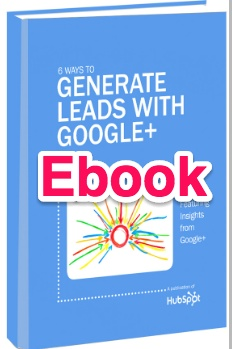
Once you’ve written these other pieces of content, include hyperlinks in the text to your main content piece.
This shows search engines that all your content is interrelated.
Hubspot also offers a perfect analogy of this games.
It dubs the website’s main subject content as the Pillar of your entire content enterprize and other related content as the Clusters.
Your pillar is like the sun around which fun and educational planet clusters of content rotate, linked by gravity.
Gravity attracts and keeps things together.
Similarly, your hyperlinks let search engines like Google find your cluster content and related back to your pillar, so you’re more easily found in web searches.
5. Get friendly with the competition
If only MMA champion Conor McGregor could have been a fly on the wall during Floyd Mayweather’s training!
But if you want to be the best at what you do, it helps to leverage what already exists and works while keeping watch for any gaps you may be able to uniquely fill with your service.
Competitor analysis tools like SimilarWeb allow you to compare the traffic analytics for businesses like yours so you can find that edge.
Let’s say you own a burger shop, and a competing business has set up shop right across the street.
They have a much cooler logo than yours, and their approach is young and hip.
This competition can seriously hinder your sales; everyone is looking for the fresh and new.
If you’re not careful, you’ll end up with a cash register full of tears and not dollars.
See the issue here? How are you going to stand out against your way cooler competitor?
Well, imagine that after you’re done crying about it, you take a peek and see what’s on their menu.
To your utter surprise, you notice that their mustard comes in packets, while yours is homemade…
…see where I’m going with this?
Run back to your store and put out a big neon sign immediately! Market the living seeds out of that mustard!
You just found your leverage.
(Ex: The only burger in town serving REAL mustard!” or “Farm-to-Table Mustard. It’s just how Momma made it” or “Buy Local, not imported,” etc… You get the gist.)
So how does this translate into the online marketing content scene?
Well, if you had a website for your burger shop, this would be the time to add a blog or an article chock-full of educated content on the value of fresh ingredients, promoting local business, and how his burger shop is saving the planet, one burger at a time.
Blogging, interviews, guides, and case studies are just a few of the ways to deliver meaningful content.
Here are some other ways to jump-start your content creation process, courtesy of Hubspot:
Since longer content is on the rise, it benefits to find trending topics in your industry and expand on them in a way that highlights what your business can provide over other similar businesses.
Once you have a hook on the right topic, it’s time to write, write, write and promote it like there’s no tomorrow. And if neon signs help, go for it.
6. Try and try, again
Creating effective content is not just a one-time thing.
The attention attracted by your long-form blog or article will likely diminish in a few weeks, if not days (as I addresses in this article).
Additionally, there will always be changes or simple variations in trends to take advantage of.
So based on these oscillations and the knowledge you derive from your analytical platform, your content will continue to grow and build on itself until you attract those 361,494 visitors.
Does writing drawn-out content sound daunting?
Well, there is good news! You can keep that content fresh by updating it!
Fear not, padawan! There are so many guides on how to make that long-form content effective to yield greater ROIs through promotion and social media.
That person-oriented analytics strategy will ensure you remain relevant.
Remember that you’re writing to help people stay informed on the aspects of your industry that benefits them on a personal level.
Another great benefit of person-oriented analytics is the opportunity to send out targeted surveys based on user activity (or inactivity).
Basically, if you notice that a user has not been engaging in your posts and activities, ask them why.
Find out what’s working for them and what isn’t. Based on the results, tailor content to optimize what is working while making sure to address what isn’t.
Who doesn’t love surveys, right?
Conclusion
Feeling a bit overwhelmed? Let’s wrap a lasso around all this.
First, take a look at your landing pages and find out what is and what isn’t getting the attention it deserves.
Several companies provide in-depth step-by-step guides to creating more effective landing pages, content, and promotional strategies.
If you are not already attracting those 361,494 visitors, it is probably going to take a little extra work.
That work involves writing more educational and more targeted copy based on the results from aggregated and person-focused analytics through tools that companies are already providing for your the benefit of your business.
Ask yourself, what is it that my website visitors clearly want to learn more about?
Armed with the results of your new analytics tool, you can empower your potential customers and clients with the educated information they need to make a leap into what your company offers.
And don’t forget to have fun!
Trend analytics, landing pages with CTAs, providing a space to collect email on every single page of your website, and scattering those backlinks like dandelions in the wind are just some of the ways that you can keep ahead of the 2018 trend curve.
What content creation shortcuts do you use to attract visitors?
About the Author: Neil Patel is the cofounder of Neil Patel Digital.
from The Kissmetrics Marketing Blog http://ift.tt/2oiH3vg
via IFTTT
